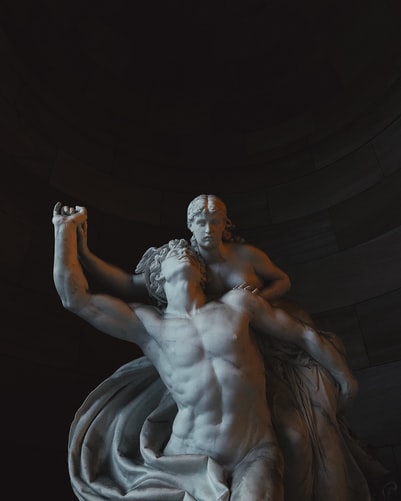Contemporary Art in Turin
The art of desire is on stage in Turin. The evocative city in Piemonte hosted the 2019 edition of Artissima, Italy’s largest contemporary art fair, from 1 to 3 November.
There are cities that, by history or vocation, tend to be more elitist and contemporary than others. Turin is among them. The city boasts museums like the Castello di Rivoli, that collects works of art among the finest preserved in Italy.
Artissima reinterprets contemporary art. Over 190 galleries from all over the world participate in the event every year. This year, the special appointment surprised the audience with a truly challenging theme.
Artissima 2019: between desire and censorship
This year’s theme was the relationship between art and censorship. Ilaria Bonacosa, curator of the event, highlights the historical role of art in breaking down the boundaries of the unknown. Where a dilemma arises between an idea and society, art becomes a daring intermediary. By overturning the rules, art emancipates what is considered a taboo. The boundaries between normal and exceptional fade and creativity becomes a political tool.

Actually, this unique ability of art must be protected and adapted in a modern key. This is the message expressed through the Turin art appointment. The director Ilaria Bonacosa underlines how the communicative expression has changed. If until ten years ago there was social opening and a sense of inclusion, now we live in a world where walls multiply. The curator wonders how art develops in light of these changes.
Inviting at the discovery of contemporary art outside of traditional artistic paths, Artissima invites people to consider how social media has changed the use of art. While on the one hand, these platforms have made art more accessible, on the other, their ability to discern content is criticized. The art censorship itself takes on new connotations. The issue of nudes is particularly relevant. Classic images, considered legitimate for hundreds of years, are often obscured by social media. The censorship seems to be unable to filter the contents, not recognizing the cultural and artistic heritage of many works of art.
The desire, theme of Artissima 2019, is therefore not to be understood in a sexual key; it is an artistic desire, desire for free creative expression. Through some of the works exhibited, further reflections on censorship come to mind. Actually, it doesn’t always apply to external impositions but sometimes is imposed by the creator. Self-censorship thus becomes another expressive filter to consider and analyze. However, the last message does not change: art is free, and when it is not, it must be released.
Artissima 2019 exhibition projects
Among the most notable works of this edition, there was “Abstract Sex: We don’t have any clothes, only equipment”. The project highlights how artificial means influence human identity. It represents a dystopian future where the same reproduction will be questioned to the advantage of cloning.
This year’s appointment also stood out for the creation of a project entirely dedicated to families, Artissima Junior, in which children explore their creativity, painting a contemporary work together with artists.
An area of the event was dedicated to Berlinde De Bruyckere. The exhibition presented the sculptural works of the Belgian artist. The ancestral themes of pain and memory emerge, together with the need for transformation and evolution.